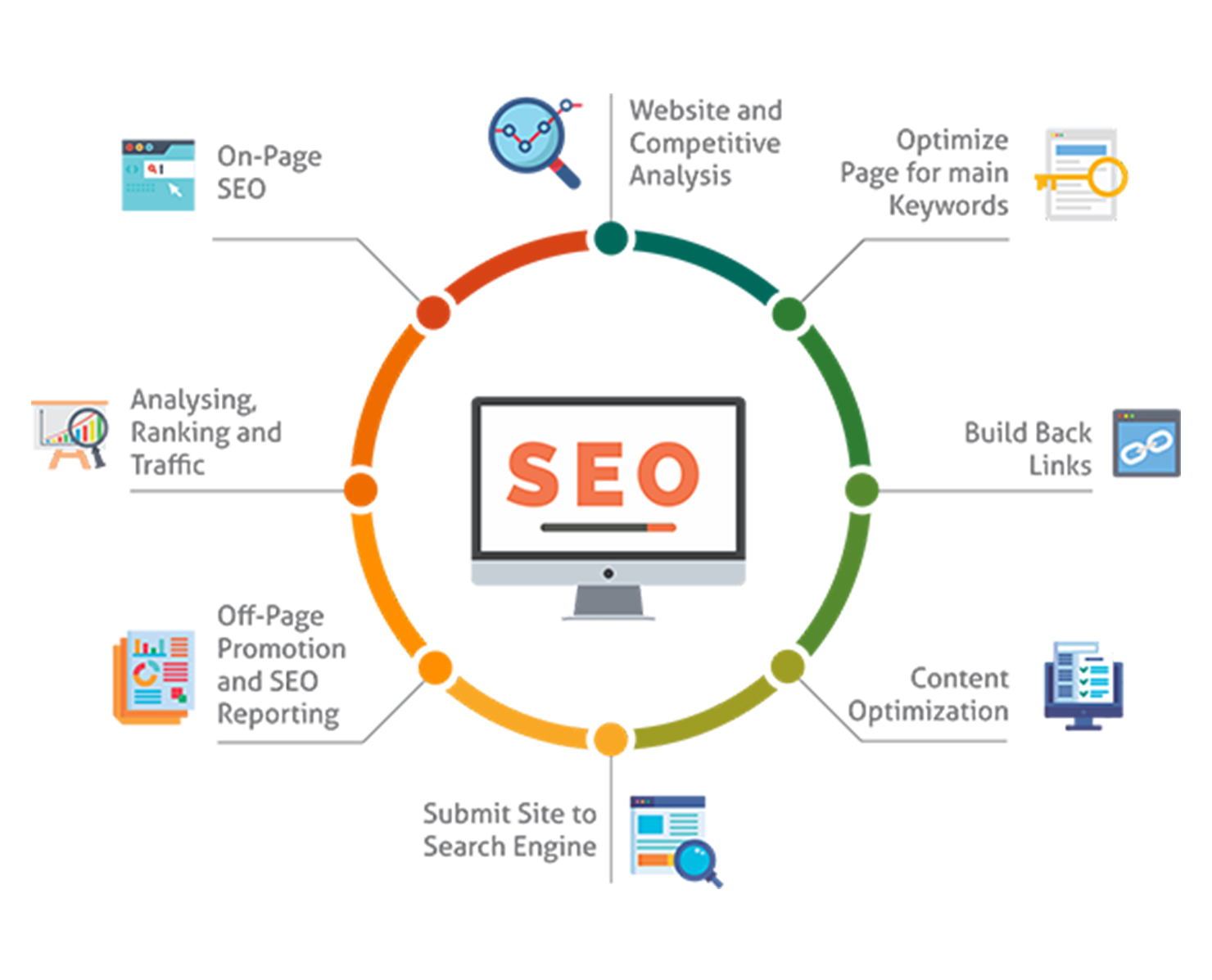In order to improve your website visibility in search engine results pages (SERPs), you need to identify the right keywords to target. These are the terms that potential customers are searching for when they’re looking for products or services like yours.
Brainstorm potential keywords:
One of the best ways to start generating a list of potential keywords is to brainstorm. Sit down with a pen and paper, or your computer, and think about all the different ways someone could search for your business.
Keyword research tools:
Once you have a list of potential keywords, it’s time to start using some tools to help you find the most effective ones. There are a few different options available, but some of the most popular are Google. Both of these tools allow you to enter a seed keyword and see related terms. They’ll also show you how many people are searching for each term, which can help you, prioritize your list.
Look for low-competition keywords:
One of the most important factors to consider when choosing keywords is how much competition there is for each term. If you’re just starting out, it’s unlikely that you’ll be able to rank for a highly competitive keyword. How to find SEO keywords? There are a few different ways that you can find B2B SEO agency keywords. One way is to use a keyword research tool like Google Ad Words Keyword Planner or Moz Keyword Explorer. Instead, look for keywords with low competition. These are terms that aren’t being heavily targeted by other businesses. While they may not have as many searches, they’ll be much easier to rank for.
Prioritize long-tail keywords:
Long-tail keywords are longer, more specific phrases that are less commonly searched for. While they may not get as much traffic as more general keywords, they can be much easier to rank for.
For example, instead of targeting the keyword “bakery,” you could target the long-tail keyword “gluten-free bakery.” This would be much easier to rank for, and you’re likely to get more targeted traffic.
Include location keywords
If you’re targeting local customers, be sure to include location keywords in your keywords list. These could be the name of your city, state, or country. :For example, someone searching for “bakery” might also search for “bakery in New York.” By including location keywords, you can make sure you’re targeting the right audience.
Keyword research tools to find more ideas:
If you’re having trouble coming up with more keywords, there are plenty of other tools you can use. Google Ad Words Keyword Planner and Moz’s Keyword Explorer are both great options. Both of these tools allow you to enter a seed keyword and see related terms. They’ll also show you how many people are searching for each term, which can help you, prioritize your list.
Implement your keywords:
Once you’ve chosen the right keywords for your business, it’s time to start using them. Include them in your website content, titles, and meta descriptions. This will help you rank higher in SERPs and get more targeted traffic.
Conclusion:
By brainstorming potential keywords and using research tools, you can identify the best keywords for your business. Once you’ve chosen the right keywords, you can start using them on your website to improve your visibility in SERPs.



